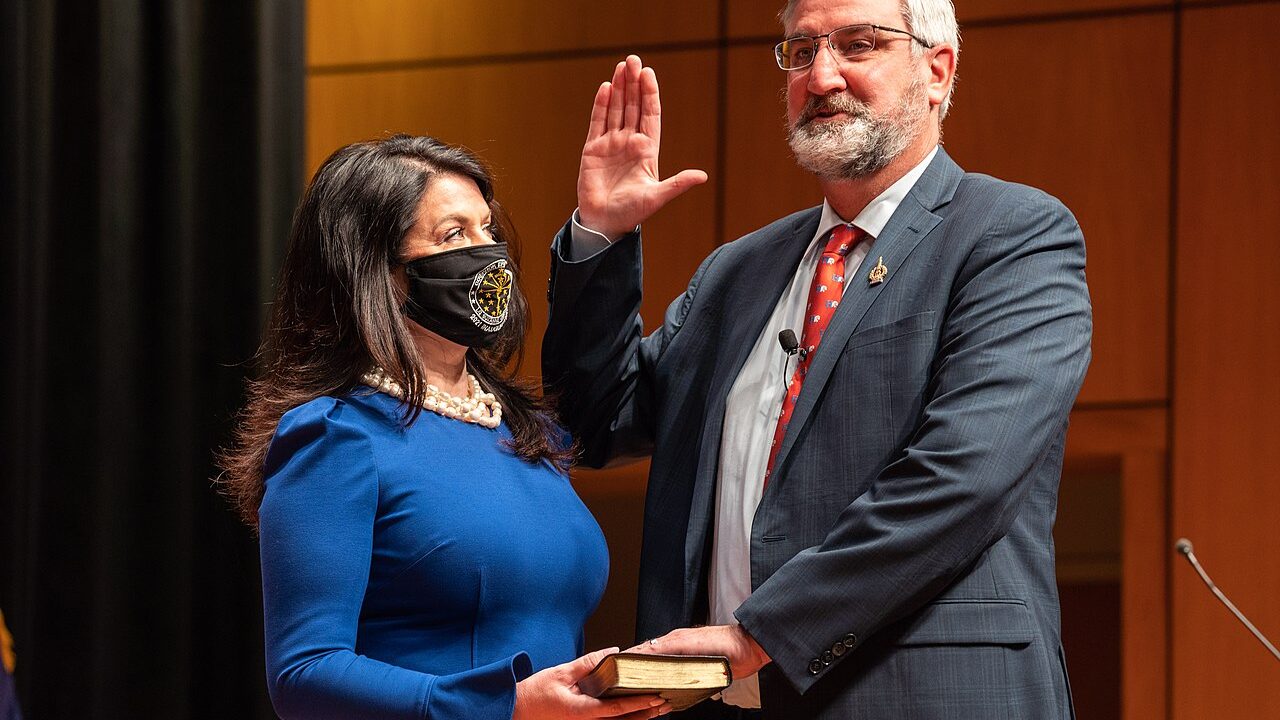
This week, Indiana Governor Eric Holcomb announced support for a more significant income tax cut than even the proposals passed by the House of Representatives earlier this session.
Holcomb backed moving Indiana’s flat income tax rate down to 2.9%, from a current 3.23% rate, saying, “As our revenues exceed forecasts month after month, it has become clear that the time is now to act on a tax plan that gives back to our growing business community and to hardworking Hoosiers.”
That 2.9% rate would tie for the lowest flat tax rate in the nation for the time being, a huge win for Indiana taxpayers.
The Governor also added his support for other tax cuts the House passed, including ending the utility receipts tax, and maintained his support for removing the assessment floor for the personal property tax. These changes would reduce utility bills for Hoosiers, and keep businesses from paying property tax on old equipment in perpetuity.
In addition, Holcomb backed Senate Bill 1, sponsored by Senator Travis Holdman which automatically refunds surplus dollars to taxpayers. SB 1 sailed through the legislature.
The original House bill, HB 1002, would result in over $1 billion in savings after five years of implementation. Governor Holcomb’s proposals would allow Hoosiers to keep even more of their hard-earned money.
“Governor Holcomb is helping to lead the fight for tax reform that will put more money back in the pockets of Indiana families and businesses,” said Americans for Tax Reform President Grover Norquist. “Democrats in Congress are working hard to tax, spend, and inflate away Hoosiers’ hard-earned money, which makes the work the Indiana Governor and legislature are doing to save taxpayer dollars even more important.”
After HB 1002 passed the House, a Senate committee took out the tax cut language, leading to differences in the Senate-passed version and the House-passed version. A conference committee can hash out difference and put forward legislation that follows the Governor’s proposed tax cuts, or they can neglect tax reductions all together.
Some Senators have stated interest in paying off an ongoing pension obligation to the TRF (Teacher’s Retirement Fund) early, rather than cutting taxes. However, both paying off this obligation and securing income tax cuts can be done at the same time, an approach the Governor now supports.
Another objection lodged against returning money to Hoosiers comes from local governments concerned about their future revenues. Yet, these local governments are soon to receive another big bailout payment from Washington (from the American Rescue Plan). They will be swimming in federal money, with years to account for changes in the personal property tax that would impact them.
The Senate and House can both achieve their fiscal priorities, with the support of the Governor. It’s important they seize this opportunity.
After 14 states cut income taxes last year, more are working on easing their burdens this session. Iowa is just the latest state to pass tax relief, moving to a flat tax. Post-pandemic, the trend of people and businesses moving to low, and no-tax states has accelerated. In order to compete, smart states are lowering their tax burdens. Indiana can be a leader among these states by getting tax reform done now.

